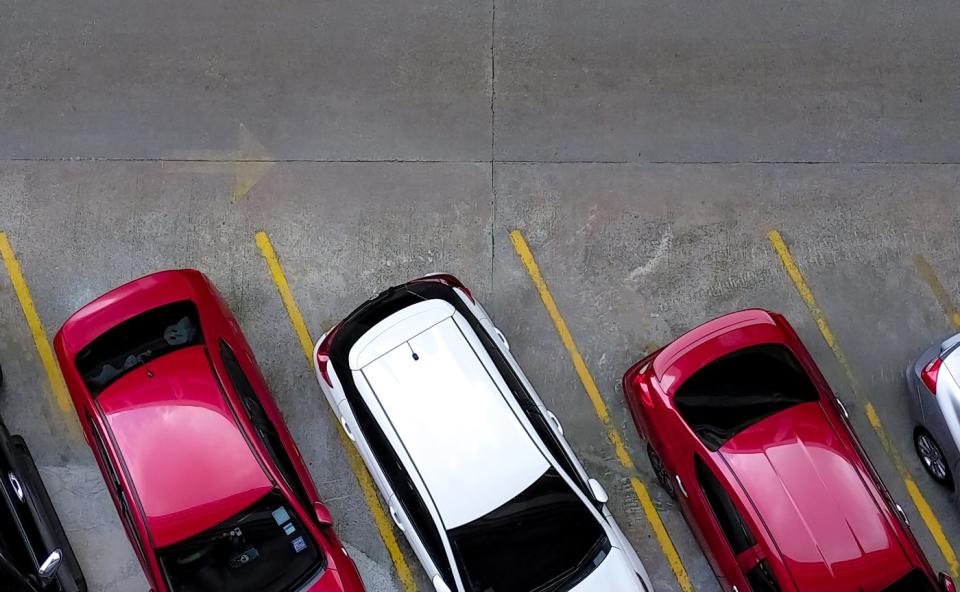Rivian‘s (NASDAQ: RIVN) second quarter could go down as the most important in its history after the electric vehicle (EV) maker introduced its next-generation vehicle platform and struck a partnership with Volkswagen Group (OTC: VWAGY). However, those important events happened toward the end of the quarter and did not have a major impact on its Q2 results.
Let’s take a look at Rivian’s most recent quarterly results and why the company appears to be ready to turn the corner.
Continued cash burn
Rivian’s Q2 revenue edged up 3% year over year to $1.16 billion as the company delivered 13,790 vehicles in the quarter, a 9% increase from a year ago. It produced 9,612 vehicles in the quarter. Production fell both year over year and sequentially due to a planned shutdown at its manufacturing plant for a retooling upgrade.
The company reiterated its guidance that it will produce 57,000 vehicles for the year.
The biggest problem for Rivian has been that it’s been selling its vehicles for much less than it costs to make them. This continued in the second quarter as it produced a negative gross profit of $451 million. That equates to a loss of $32,705 per vehicle just on the cost of making them and does not include any costs associated with selling the vehicles or any corporate or research and development costs. Rivian said that gross loss was negatively impacted by $59 million, or $4,278 per vehicle delivered, of costs that will not be in its long-term structure.
Overall, Rivian reported an operating loss of $1.38 billion. Adjusted earnings before interest, taxes, depreciation, and amortization (EBITDA), meanwhile, came in at negative $860 million.
Not surprisingly given its negative gross margins, Rivian continued to burn cash. It had operating cash outflows of $754 million in the quarter. It spent another $283 million in capital expenditures (capex), bringing free cash flow to negative $1.04 billion in the quarter.
The company ended the quarter with $7.87 billion in cash and short-term investments. It also was carrying $5.53 billion in debt.


Improvements ahead
While they didn’t show up in its Q2 results, Rivian made a number of important moves during the quarter to improve both its gross margins and its balance sheet.
Rivian took two major steps to improve gross margins. First it retooled its main manufacturing facility in Illinois. Management expects this upgrade to improve the manufacturing process, specifically cycle times, factory utilization, and costs. Second, it revamped the design of its second-generation vehicles to remove costs. This included moving to a zonal network architecture to greatly reduce the number of electronic control units in its vehicles, reducing vehicle complexity, and switching to some lower-cost materials.
Rivian expects these changes to lead to a modest gross profit in Q4 and for the full year 2025 as it looks to lower material and conversion costs even further. Management expects positive gross profits in 2025 despite the company deciding to halt production for more than a month as it upgrades and integrates new equipment into its Illinois plant ahead of the launch of its R2 vehicles.
In addition to these moves, the company also struck a deal to shore up its balance sheet through an investment and partnership with Volkswagen. The German automaker will make an initial investment of $1 billion into Rivian with up to $4 billion in planned additional investments once its joint venture (JV) is approved and certain financial and technological milestones are met. Rivian expects the JV to help it on the cost front, with Volkswagen’s scale helping it get better pricing from suppliers.
Buy, sell, or hold?
Rivian is heading in the right direction. Its new redesigned model lineup and upgraded manufacturing facility should lead to sustained positive gross margins. Meanwhile, it is now backed by some pretty big companies in Volkswagen and Amazon, which is its largest shareholder and for which it makes EV delivery vans.
The company has the potential to be a big long-term EV winner, but it is still young. Any investment at this point is on the more speculative side.
Should you invest $1,000 in Rivian Automotive right now?
Before you buy stock in Rivian Automotive, consider this:
The Motley Fool Stock Advisor analyst team just identified what they believe are the 10 best stocks for investors to buy now… and Rivian Automotive wasn’t one of them. The 10 stocks that made the cut could produce monster returns in the coming years.
Consider when Nvidia made this list on April 15, 2005… if you invested $1,000 at the time of our recommendation, you’d have $641,864!*
Stock Advisor provides investors with an easy-to-follow blueprint for success, including guidance on building a portfolio, regular updates from analysts, and two new stock picks each month. The Stock Advisor service has more than quadrupled the return of S&P 500 since 2002*.
See the 10 stocks »
*Stock Advisor returns as of August 6, 2024
John Mackey, former CEO of Whole Foods Market, an Amazon subsidiary, is a member of The Motley Fool’s board of directors. Geoffrey Seiler has no position in any of the stocks mentioned. The Motley Fool has positions in and recommends Amazon and Volkswagen Ag. The Motley Fool has a disclosure policy.
Rivian Just Forecast This Important Metric Will Turn Positive. Is Now the Time to Buy the Stock? was originally published by The Motley Fool
